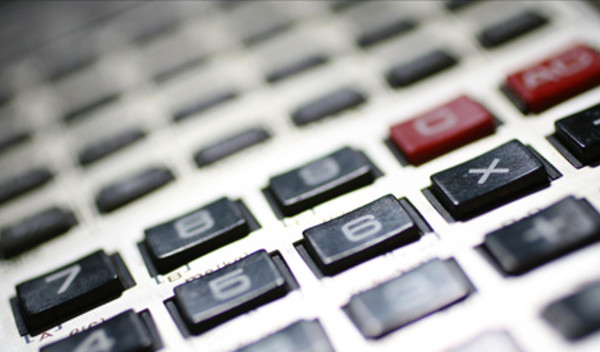- It is only possible to use carry forward if the current year's annual allowance has been fully used up – that is, it will have been by the end of the tax year.
- Unused annual allowance can be carried forward to the current tax year from the previous three tax years.
- Unused annual allowance is used up starting with the earliest year first - when calculating how much annual allowance has been used up in a particular tax year it is necessary to add together all DC pension contributions (and DB accrual – not contributions) made by, or on behalf of, the individual in any pension input period (Pip) ending in that tax year. From 2016 to 2017 onwards, all Pips match the tax year and cannot be altered. But in earlier years the Pip did not have to be the same as the tax year and could be altered.
- The person must have been a 'member' of a registered pension scheme at some point during the year being carried forward from. A member includes an active member, a deferred member, a pension credit member or a pensioner member.
- There is no need for any contributions to have been made to the scheme in the year being carried forward from, and the new contributions do not have to be paid into the earlier arrangement.
- There is no need for the individual to have had any relevant UK earnings in the tax years being carried forward from.
- For tax years 2008 to 2009 to 2010 to 2011, the annual allowance was deemed to be £50,000 for carry forward purposes. For tax years 2011 to 2012, to 2013 to 2014 the annual allowance actually was £50,000 and from 2014 to 2015 onwards the standard annual allowance reduced to £40,000 (with transitional provisions applying in 2015 to 2016 - see below).
- Once someone triggers the money purchase annual allowance (possible from April 6 2015 onwards) their money purchase funding is restricted (to £10,000 per annum in 2015 to 2016 and 2016 to 2017 and £4,000 from 2017 to 2018 onwards) and it is no longer possible to use carry forward in relation to money purchase funding. Carry forward and the balance of the full annual allowance remain available in relation to accrual within final salary/defined benefit pension arrangements.
From April 6 2016, the full annual allowance is reduced in any tax year where an individual has adjusted income in excess of £150,000 (and whose threshold income is more than £110,000).
The annual allowance will be reduced by £1 for every £2 of income above £150,000, with a maximum reduction of £30,000, i.e. the annual allowance cannot fall below £10,000.











